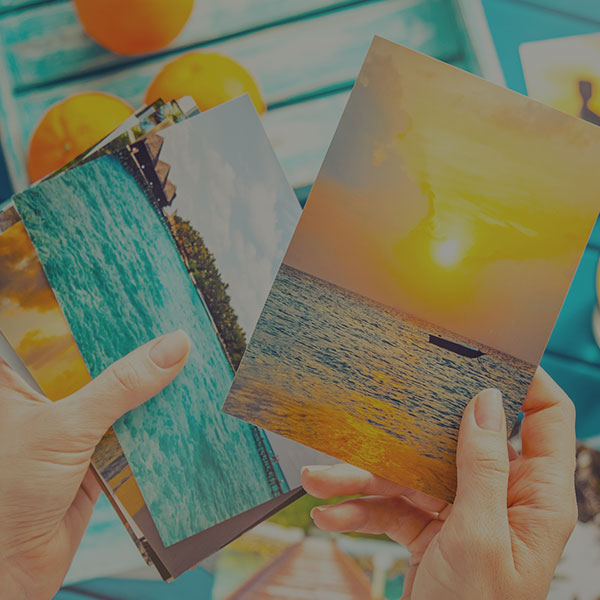No photo budget? No problem. We have five easy-to-learn tricks to help make your pictures better.
Yesterday, in an attempt to start a conversation about their lenses, Nikon’s social media team posted a status message to its Facebook page and created a controversy among its amateur and professional photographers followers. The post read:
“A photographer is only as good as the equipment he uses, and a good lens is essential to taking good pictures!”
I’ve been following the fallout with great interest. Good equipment in the hands of someone who knows what they’re doing is definitely a plus. Not everyone has the luxury to spend money on an expensive camera and other equipment, but that doesn’t mean they’re not going to be able to take a good picture with the tools they do have.
One response to the controversy stood out as a key takeaway for anyone looking to improve their photos: “eye > lens.” If your web development project’s art budget is limited, you can still snap good photography for use on your website, with the camera you already have, if you adhere to these guidelines when taking photos.
Trick #1: Composition, composition, composition.
Follow the rule of thirds. Picture a tic-tac-toe grid over your photo. The areas where the lines intersect are your key points. Try to align your image’s most important details along the lines or at the intersections.
Trick #2: Simplify the scene.
If possible, try to make sure your background is not distracting. If your taking a photo at any event, ask guests to tuck their name tags into their pockets for the photo and put their glasses down on a table. Taking photos at a conference event? Remove the water bottles littering the tables and pile up shuffled papers neatly. The more steps that you can take to add less visual noise to the scene the better.
Trick #3: Take horizontal and vertical pictures. Take different angles.
One of the great things about shooting digital is that you can take a bunch of different angles and poses of each picture. Remember to do your photo editing on the computer. You can’t tell exactly how good a photo is until you have it actually downloaded to your computer.
Having a landscape and portrait version of your photo gives your web design team more options for your website.
Trick #4: Cloudy days are your friend.
Forget the flash and shoot outside. A bright afternoon that’s hidden by clouds is perfect for taking portraits. Avoid extra sunny days. Grey days will soften hard shadows.
Trick #5: Get ready for your close-up.
Photographing is no time to get shy. Come in close to your subject. By doing so, most times you’ll end up with a more interesting result.
“The best photographer will take better photos from the worst camera than the worst amateur can take with the best camera.”
Karen Nakamura, photo-ethnographer
Thinking about adding fresh imagery to your website?

